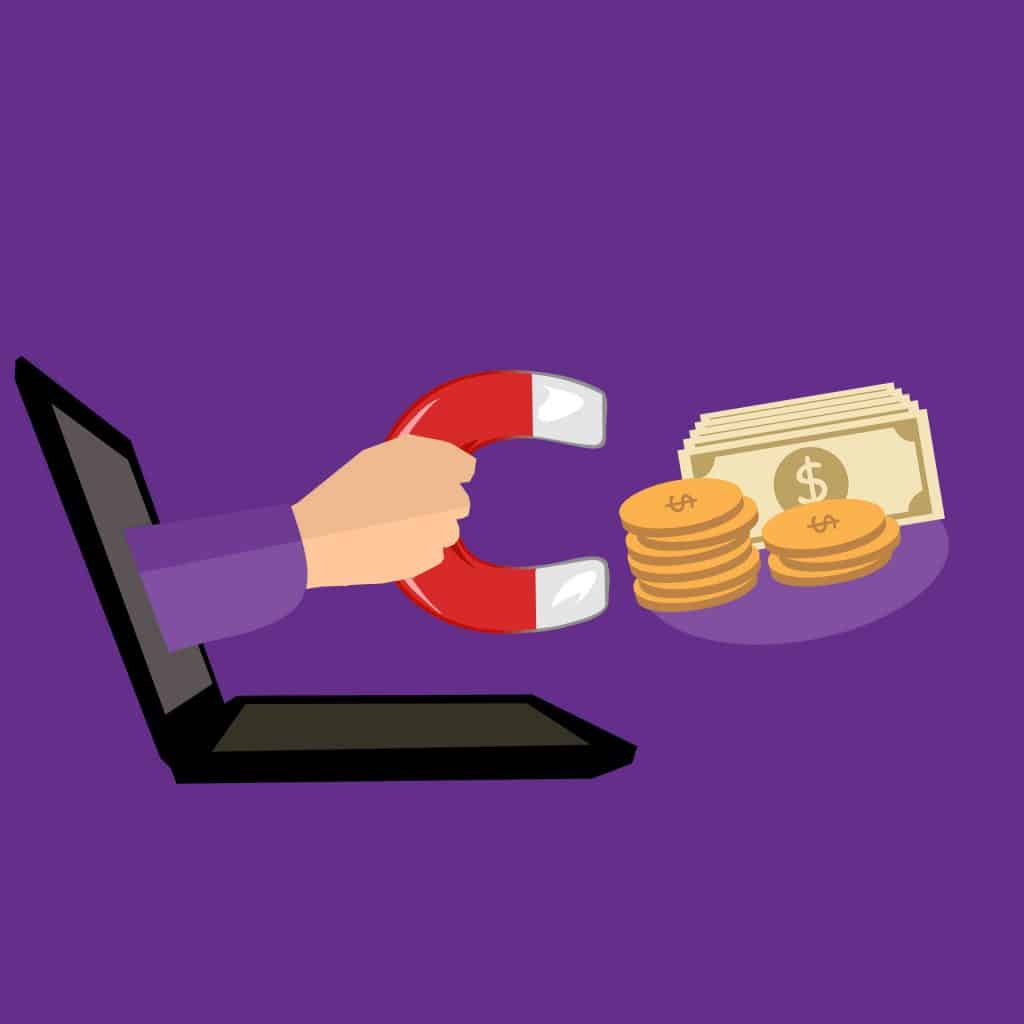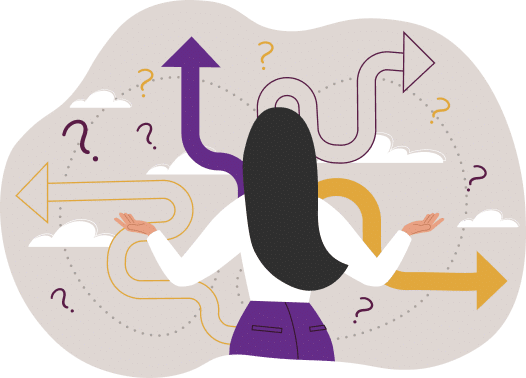
A recent article in Ad Age explores how some of the top consumer brands have Facebook pages with a fan base and interactions that far outstrip that of their official Web sites. Starbucks has 12.9M fans; Coke has nearly 11M fans; Oreo has 8.9M fans. Of the companies in the article, only Starbucks has steadily increasing Web traffic.
All of this got me thinking: What happens when an organization’s blog, Facebook, Twitter or other social media page gets more traffic than the official Web site? Is this the ultimate goal for marketers? Is traffic on a social media site worth as much as traffic on a company Web site? Does this increased traffic ultimately lead to more customers and sales?
I have clients who worry about redirecting traffic to social media pages, for fear of losing control over the conversations, not owning the Web property, or that the interactions are not quite official enough. Others hold their social media stats in the highest regard. Most of us wonder what it really means when somebody chooses to “like” our fan pages.
How to make sense of all this? Here are some thoughts:
- If your Facebook page is getting increased traffic and interactions, while traffic on your regular Web site is on the decline, ask yourself, “What is it about my Facebook page that’s working? What’s making people “like” us, click through to articles and comment? What are the lessons for content and opportunities for interaction on our official Web site?”
- Your goal should be to have your Web site, Facebook page, Twitter page, blog, e-mail campaigns, microsites, etc., all be part of an integrated strategy where each Web property is complementing the others and encouraging cross traffic.
- Ultimately, the goal should be conversions, whether that means more sales, more subscribers, more members or more donations. Your goals should never be about traffic on specific platforms; that’s just a tactic.
- You need a way to track the effectiveness of followers, likes, clicks and fans across the different platforms. Use tracking codes, cookies and marketing codes to determine which platforms are really helping your business to thrive.
Getting back to Matrix Group, here’s what we’ve learned:
- Traffic to our Web site has not declined. On the contrary, traffic has increased as we have expanded our social media efforts.
- Our most valuable interactions still come from the Web site, where visitors get a chance to look at our work AND, most importantly, make a decision to call or e-mail us for more information or request a proposal. We get several, high quality leads from our Request Information form every week!
- Our social media pages have proven to be valuable outlets for showcasing our work, sharing tips and resources with a wider audience, and demonstrating our expertise.
- The social media pages have also been a terrific way for clients, prospects and job applicants to make inquiries, give us feedback and comment on our work.
How about you? What trends are you seeing across your Web and social media pages? How do you value fans and interactions on Facebook and other social media sites?



3 replies on “What Happens When Your Facebook Page or Blog Gets More Traffic Than Your Web Site?”
Great post and very informative- I feel that you example truly illustrates that social media is a great vehicle for any organization if they know how to drive it. There’s no disputing the popularity of social media; if you’re not regularly using it- you’ve got an elephant in the room. Twitter and facebook are a great way to show that you are an innovative thought leader in your arena, and communicating with your audience via social media is also a great way of cultivating brand loyalty. The bond a user feels with a brand via social media is always going to be there, embrace it- it could be your biggest ROI. Aside from APIs, technologies like OpenID can create a more seamless transition from social media to your website.
Your ideas and strategy are great, resorceful guidelines. Loved them, especially the emphasis on conversions and tracking. And to your Facebook example – I appreciate how you delineated different questions to assess content and engagement patterns. Often “increasing followers” on the social web can be a visible (yet less strategic) approach to analyzing true effectiveness. If that is the primary interest, then company fan pages run the risk of having, as example, a well liked Facebook fan page with lots of fans that don’t care to buy, advocate, or pursue whatever is the ideal call to action.
Good article thank you – it’s all about integration and conversion. thankyou